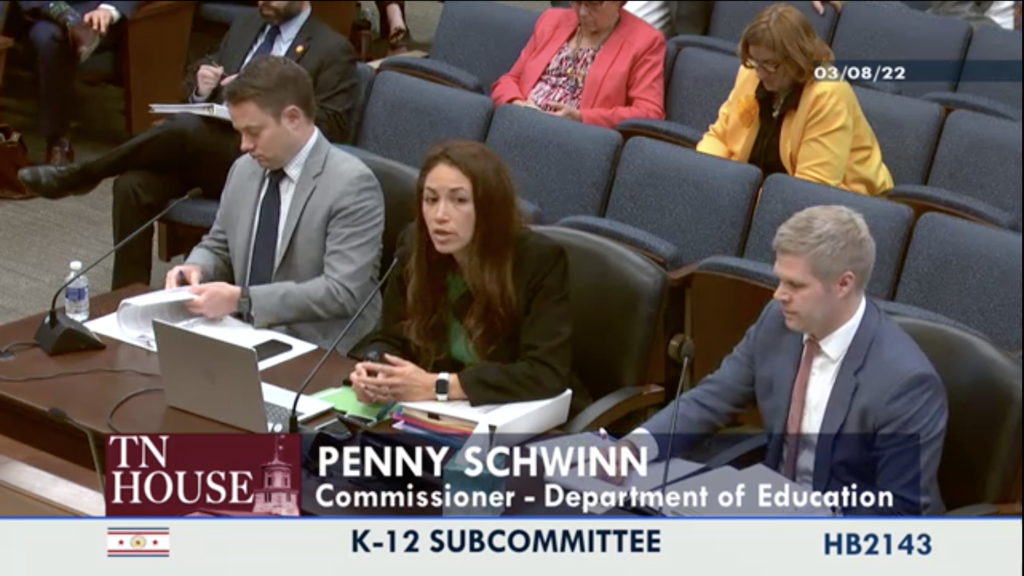
Otherwise known as the Tennessee Investment in School Achievement, or TISA, the funding model is a push toward student-based budgeting, which allocates a base of $6,860 per student and additional funding for students with greater needs. The formula was introduced Tuesday to the House K-12 subcommittee — one of several before it can be voted on by the General Assembly.
More: What’s new about the proposed formula? The ‘main character’ is now the student.
Under TISA, Metro Nashville Public Schools is projected to receive about $12.6 million in additional state money, while similar large, urban school systems are set to receive more than double that amount.
“We are still in the process of reviewing the TISA plan and have requested more information, but as more details emerge about their funding proposal, it appears that the second largest school district in Tennessee, accounting for more than 8% of public school students, will receive less than 2% of the $750 million investment next year,” says MNPS superintendent Dr. Adrienne Battle.
Part of the issue relates to how TISA calculates fiscal capacity, or how much money local governments can pitch in to cover education costs. Fiscal capacity is determined by a county’s property values and taxable sales, and it adjusts how much a local government is required to pay of the education bill.
Right now, Tennessee uses two methods to calculate fiscal capacity, one is from Tennessee’s Advisory Commission on Intergovernmental Relations, or TACIR, and the other was created by the University of Tennessee’s Center for Business and Economic Research, or CBER. Under the funding bill, the state would solely use CBER.
Although that’s advantageous for most urban counties, Nashville appears to be an outlier.
“It’s very confusing. While it benefits, you know, Hamilton County, Knox County, Shelby County, and even the counties surrounding Davidson, it does not have the same effect on Davidson County,” says Mandy Pellegrin, policy director at the Tennessee-based Sycamore Institute. “And I think that just speaks to how complicated the current mix of calculations is.”
The state education department says the discrepancy is partly due to Nashville’s high property wealth and high sales tax revenue. But local school officials aren’t convinced and have asked the state to explain how they reached their conclusion.

